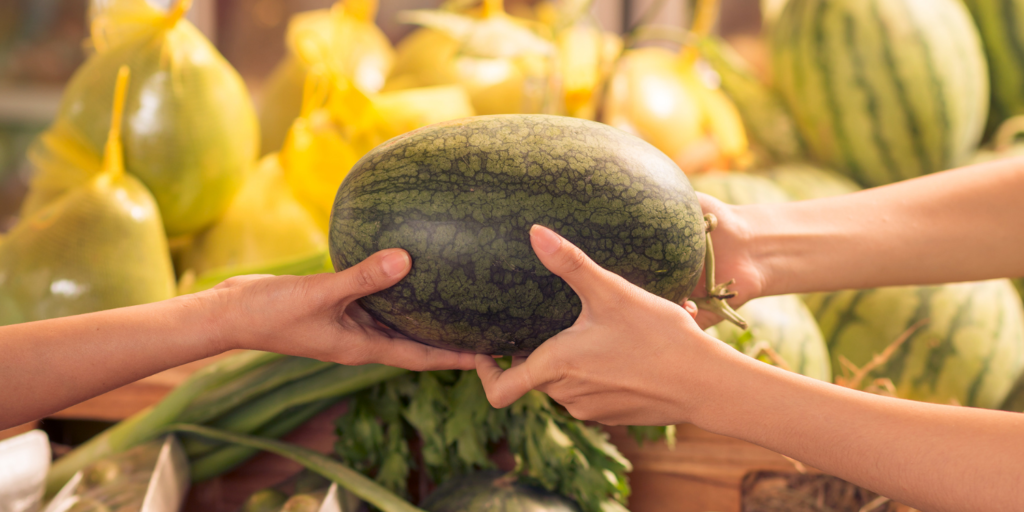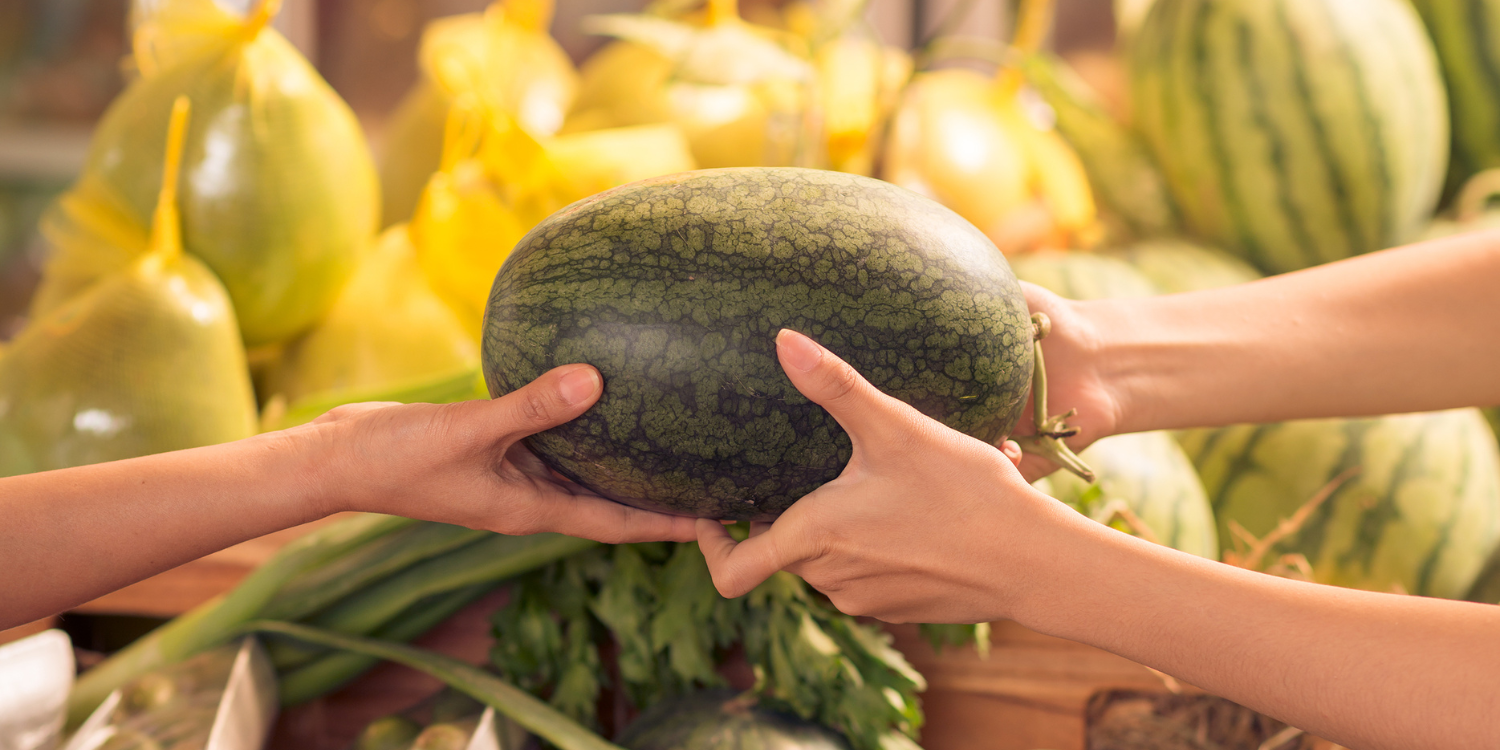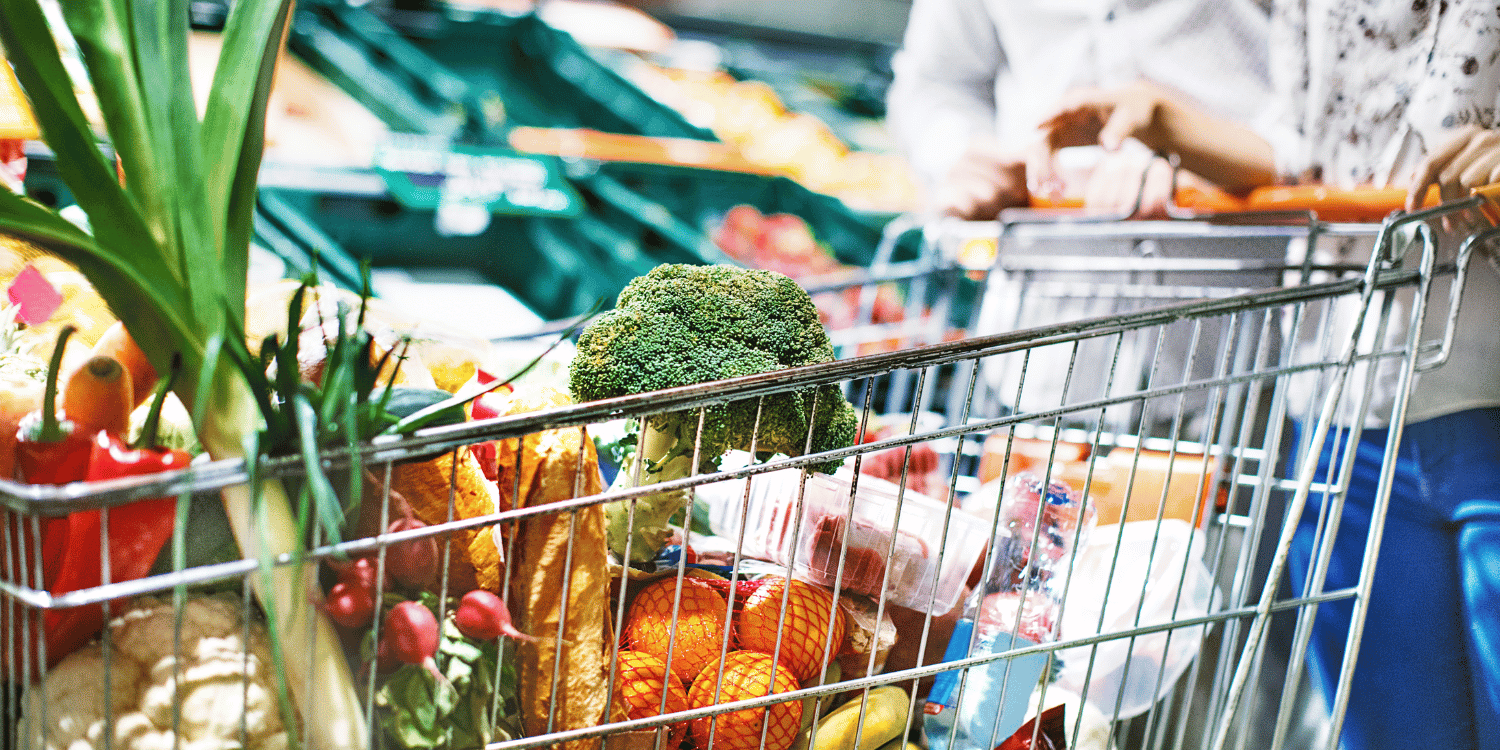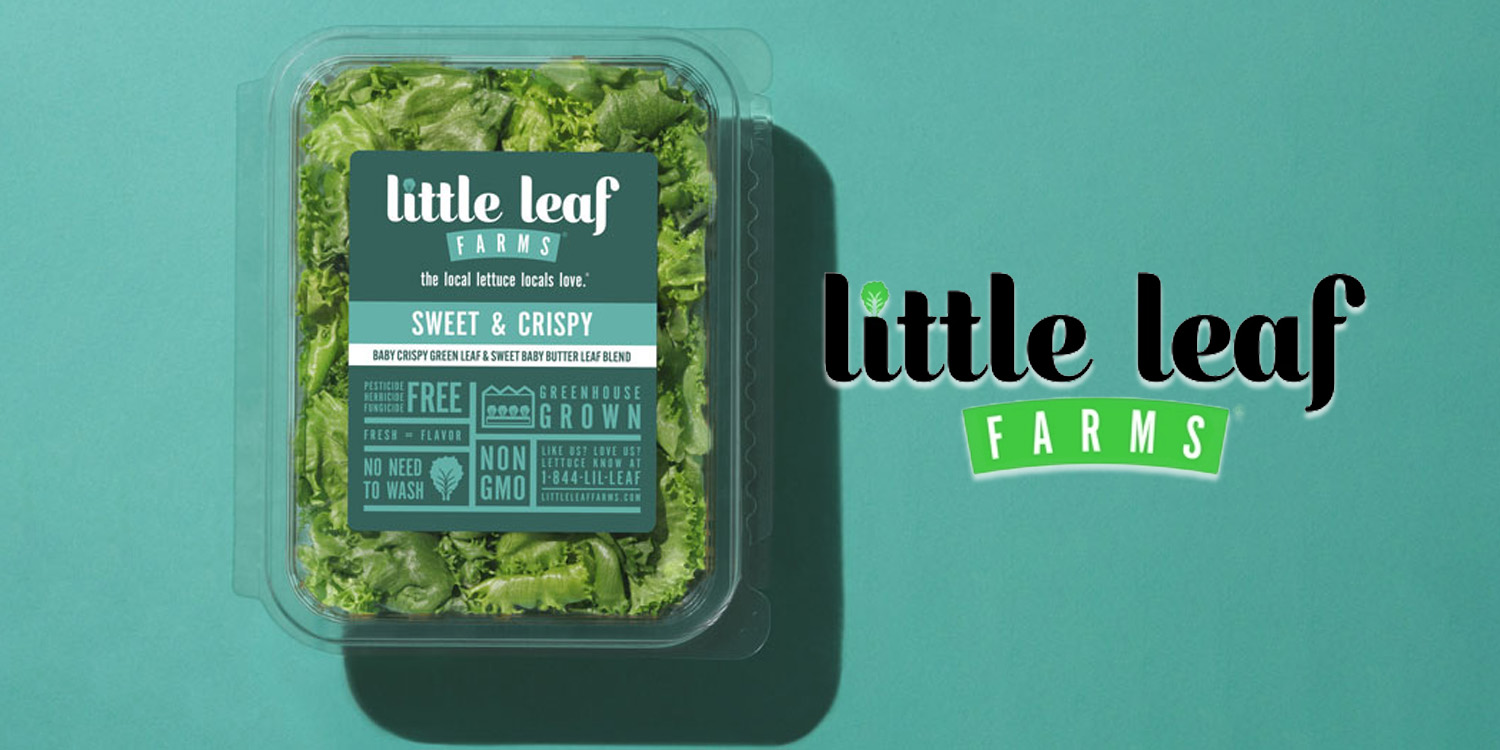Fresh Insights from Watermelon Board Research Highlights New Shopper Segmentation
The U.S. watermelon market has seen remarkable growth over the past year, with households nationwide contributing an estimated $2.7 billion to fresh watermelon purchases.
A recent shopper segmentation study conducted by the National Watermelon Promotion Board (NWPB) attributes this surge to increased household penetration and spending among key shopper segments.
The study, which analyzed consumer panel data to uncover purchasing behaviors and trends, revealed that more than 3 million new U.S. households purchased watermelon in 2024, bringing overall household penetration to 72%. On average, shoppers made five trips annually to buy watermelons, spending $5.83 per trip, leading to an average household expenditure of $28.94 for the year.
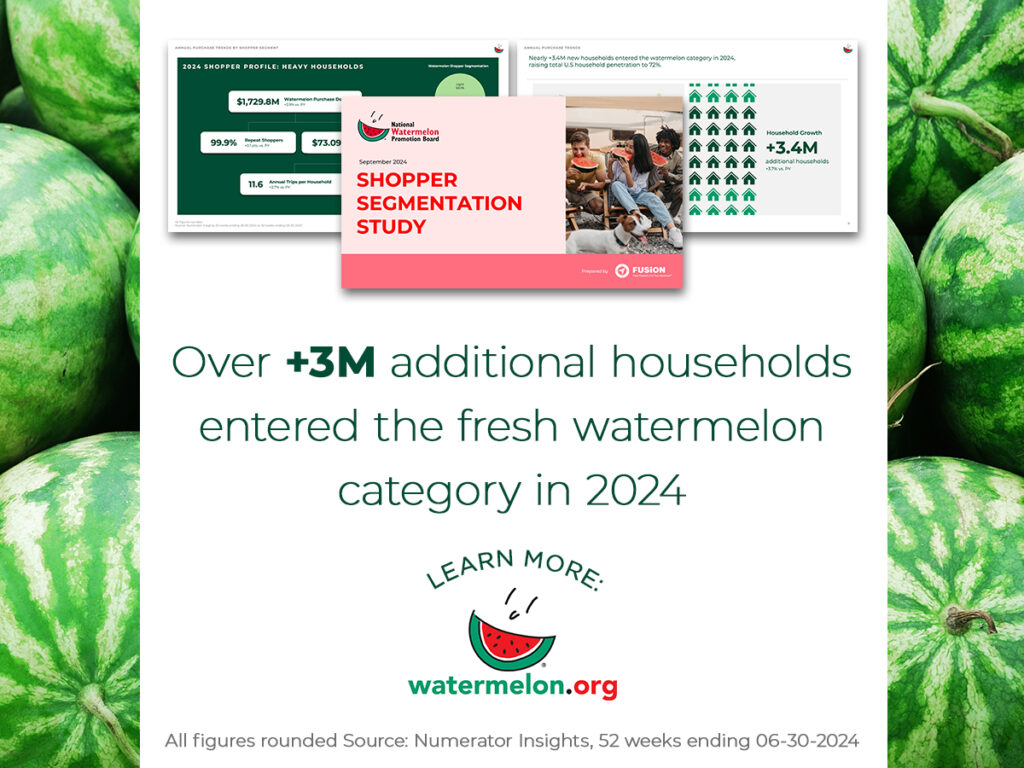
Consumers were categorized into three groups based on their annual spending: Light, Medium, and Heavy buyers. Notably, the Heavy segment, representing 25% of watermelon households, contributed a substantial 63% of total purchase dollars in 2024. This group accounted for $97 million in incremental sales, underscoring its significance as a key driver of category growth.
According to the report, actionable opportunities for further expanding the watermelon market include increasing shopping frequency, expanding household penetration, and targeting Heavy shoppers. For instance, encouraging households to make just one additional watermelon purchase annually could add over $550 million in revenue to the category.
Similarly, a modest 1% rise in household penetration, increasing it from 72% to 73%, has the potential to generate $38 million in incremental sales. Meanwhile, developing targeted marketing campaigns for Heavy shoppers could amplify their already outsized contribution to the category’s performance.
As stated in the report, these findings provide a roadmap for strategically fostering continued growth within the watermelon market. By focusing on the Heavy shopper segment and leveraging insights into purchasing behaviors, industry stakeholders can unlock sustained opportunities for sales expansion.
Beyond these insights, the research also integrates earlier studies to offer a broader understanding of watermelon buyer demographics and habits. This comprehensive perspective equips retailers and producers with the tools needed to effectively engage key consumer groups and optimize sales strategies.
For further details, the full study is available on the National Watermelon Promotion Board’s website. Established in 1989 and headquartered in Winter Springs, Florida, the NWPB is dedicated to promoting watermelon consumption across the United States. Access the report and learn more about their efforts at NWPB Retail Research.

